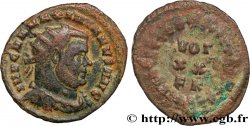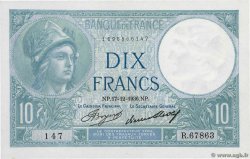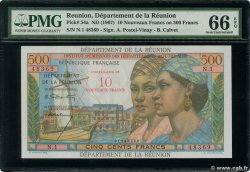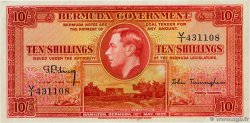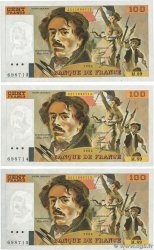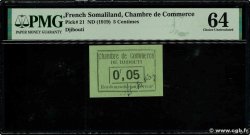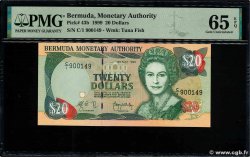v38_1140 - MASSIMIANO ERCOLE Aureus
MONNAIES 38 (2009)
Начальная цена : 3 800.00 €
Назначить цену : 7 500.00 €
Цена реализации : 3 800.00 €
Начальная цена : 3 800.00 €
Назначить цену : 7 500.00 €
Цена реализации : 3 800.00 €
Тип Aureus
Дата: 294-295
Монетный двор / Город: Syrie, Antioche
Металл: gold
Проба: 1000 ‰
Диаметр: 19,5 mm
Ориентация осей монеты: 11 h.
Вес: 5,37 g.
Редкость: R2
Комментарии о состоянии
Exemplaire sur un flan régulier, parfaitement centré des deux côtés avec les grènetis visibles. Très beau portrait à l’usure superficielle. Joli revers de haut relief. Conserve une partie de son brillant d’origine et de son coupant de frappe
Ссылки в каталоге: :
Происхождение:
Cet exemplaire provient de la vente Vinchon du 11-13 avril 1988, n° 621
Лицевая сторона
Аверс: легенда: MAXIMIANVS - AVGVSTVS.
Аверс: описание: Tête laurée de Maximien Hercule à droite (O*).
Аверс: перевод: “Maximianus Augustus”, (Maximien auguste).
Обратная сторона
Реверс: легенда: CONSVL IIII - P P PRO COS/ SMA.
Реверс: Описание: Maximien Hercule lauré, debout à gauche, tenant un globe de la main droite et un sceptre transversal de la main gauche.
Реверс: легенда: S*
Реверс: перевод: “Consul quartum Pater Patriæ Proconsul”, (Consul pour la quatrième fois, père de la patrie proconsul).
Комментарий
Rubans de type 3. Marque SMA à l’exergue avec un sigma inversé et barré pour “Sacra Moneta Antiocheia” ou Monnaie sacrée d’Antioche et l’indication de la taille à la livre soit au 1/60 de livre romaine (1 livre = 324,72 g environ, donc poids théorique de l’aureus 5,41 g). Un graffiti derrière l’empereur au revers. Georges Depeyrot distingue deux types de sceptre pour le revers, vertical ou horizontal avec un total de 41 exemplaires recensés dont seulement trois pour l’horizontal.
Type 3 ribbons. SMA mark on the exergue with an inverted and crossed sigma for “Sacra Moneta Antiocheia” or Sacred Mint of Antioch and the size indication to the pound, i.e. 1/60 of a Roman pound (1 pound = approximately 324.72 g, therefore theoretical weight of the aureus 5.41 g). Graffiti behind the emperor on the reverse. Georges Depeyrot distinguishes two types of scepter for the reverse, vertical or horizontal, with a total of 41 examples recorded, of which only three for the horizontal
Type 3 ribbons. SMA mark on the exergue with an inverted and crossed sigma for “Sacra Moneta Antiocheia” or Sacred Mint of Antioch and the size indication to the pound, i.e. 1/60 of a Roman pound (1 pound = approximately 324.72 g, therefore theoretical weight of the aureus 5.41 g). Graffiti behind the emperor on the reverse. Georges Depeyrot distinguishes two types of scepter for the reverse, vertical or horizontal, with a total of 41 examples recorded, of which only three for the horizontal








 Cообщить об ошибке
Cообщить об ошибке Распечатать страницу
Распечатать страницу Отправить мой выбор
Отправить мой выбор Задать вопрос
Задать вопрос Consign / sell
Consign / sell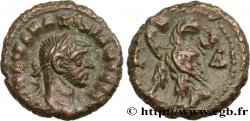
 Информация
Информация

